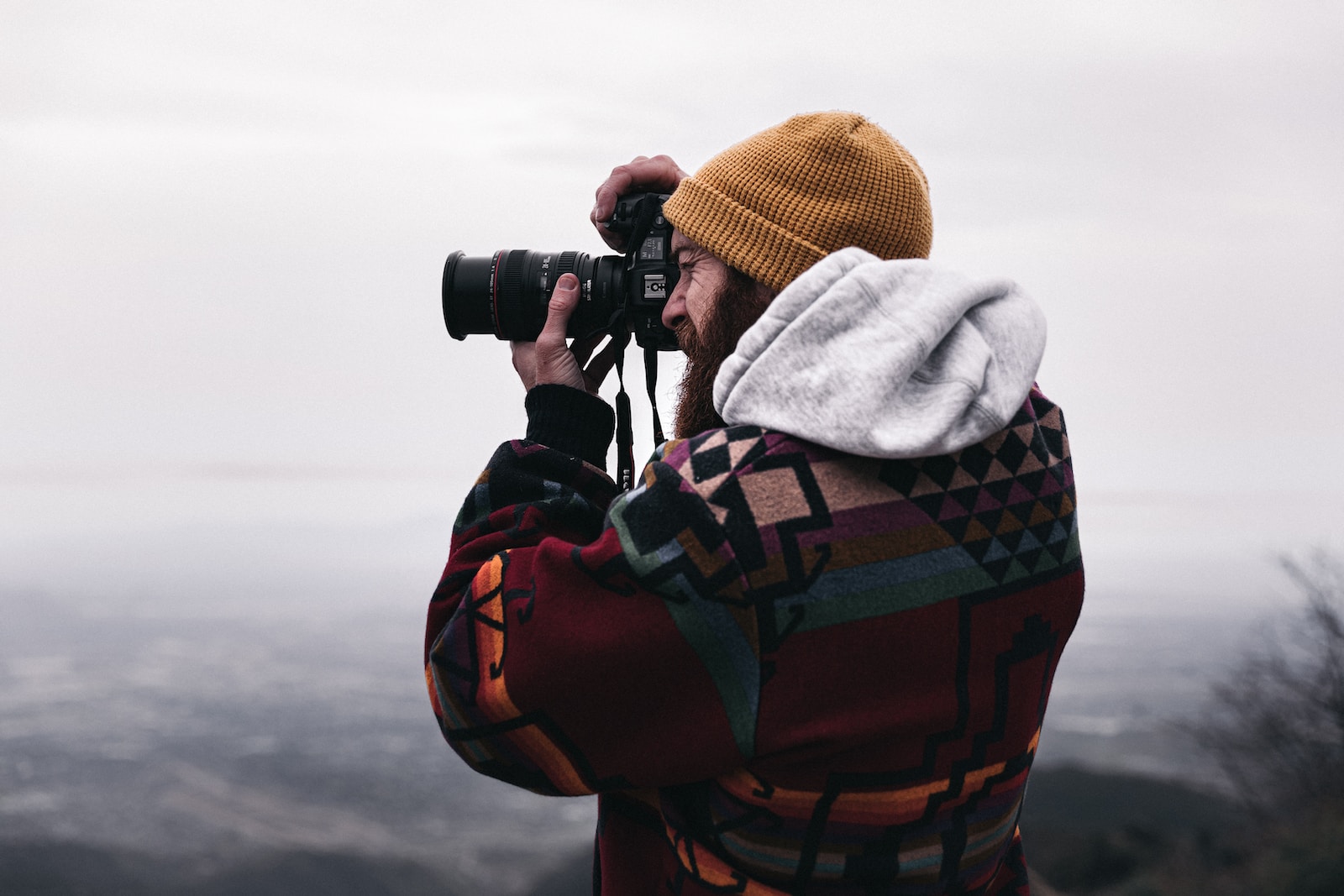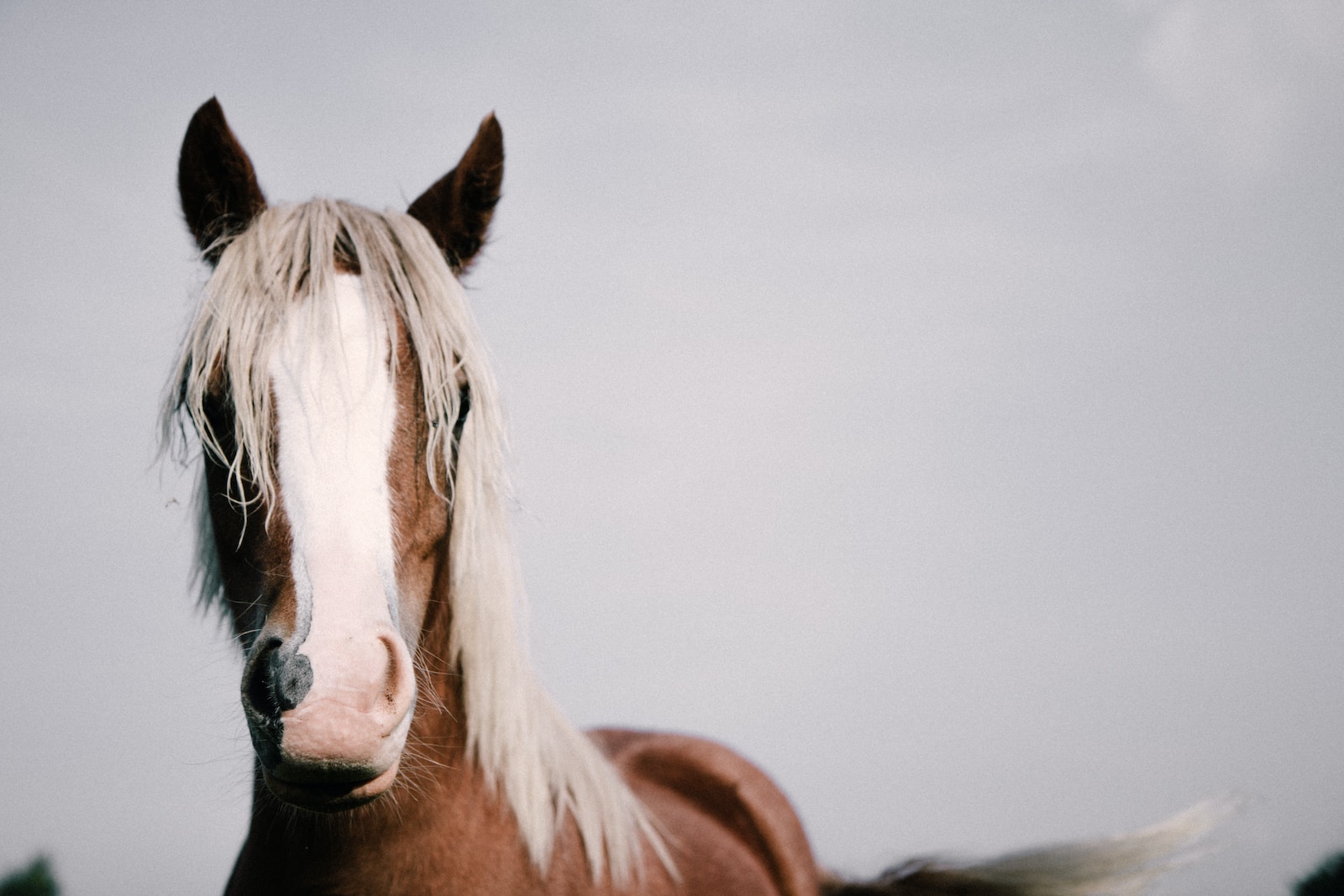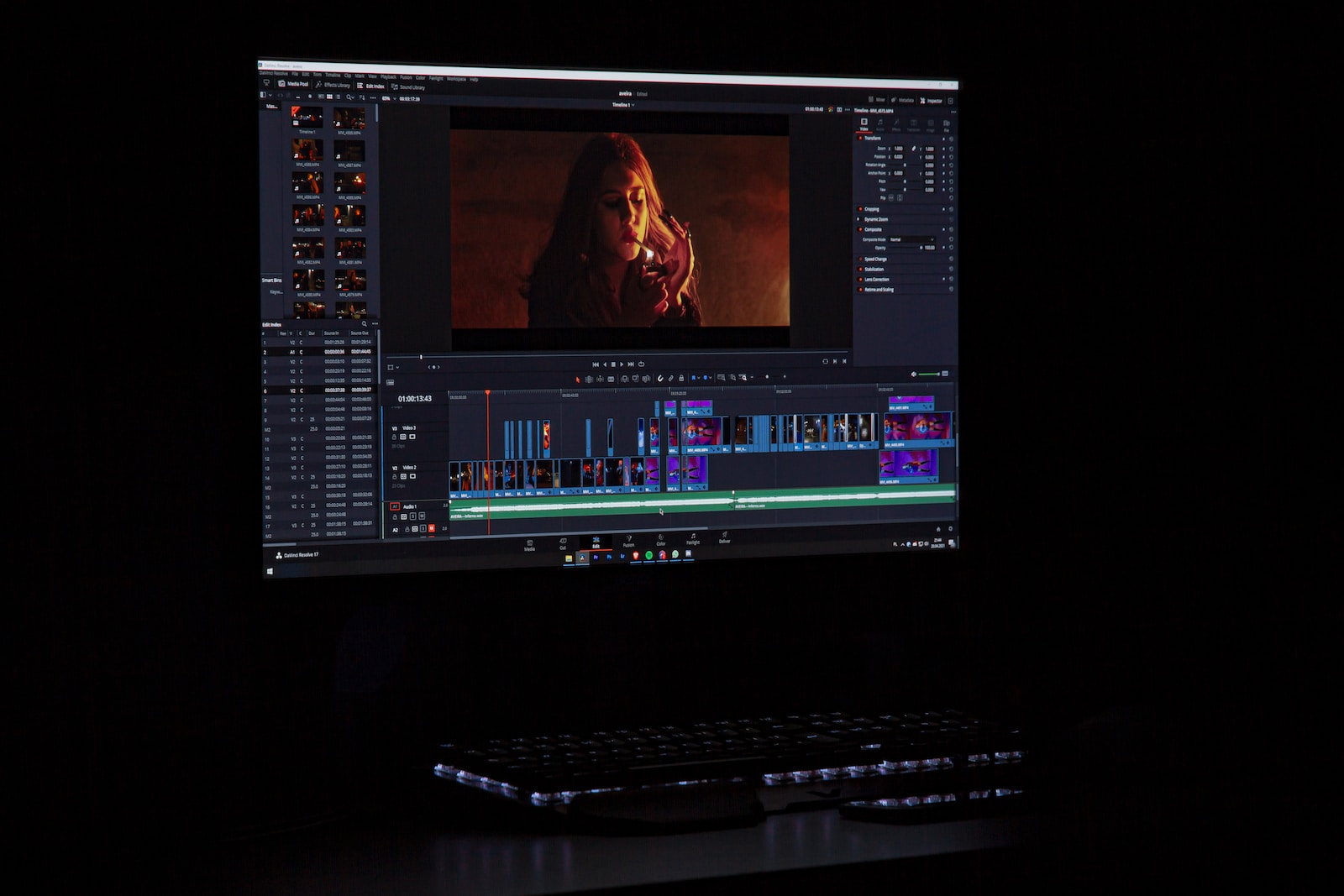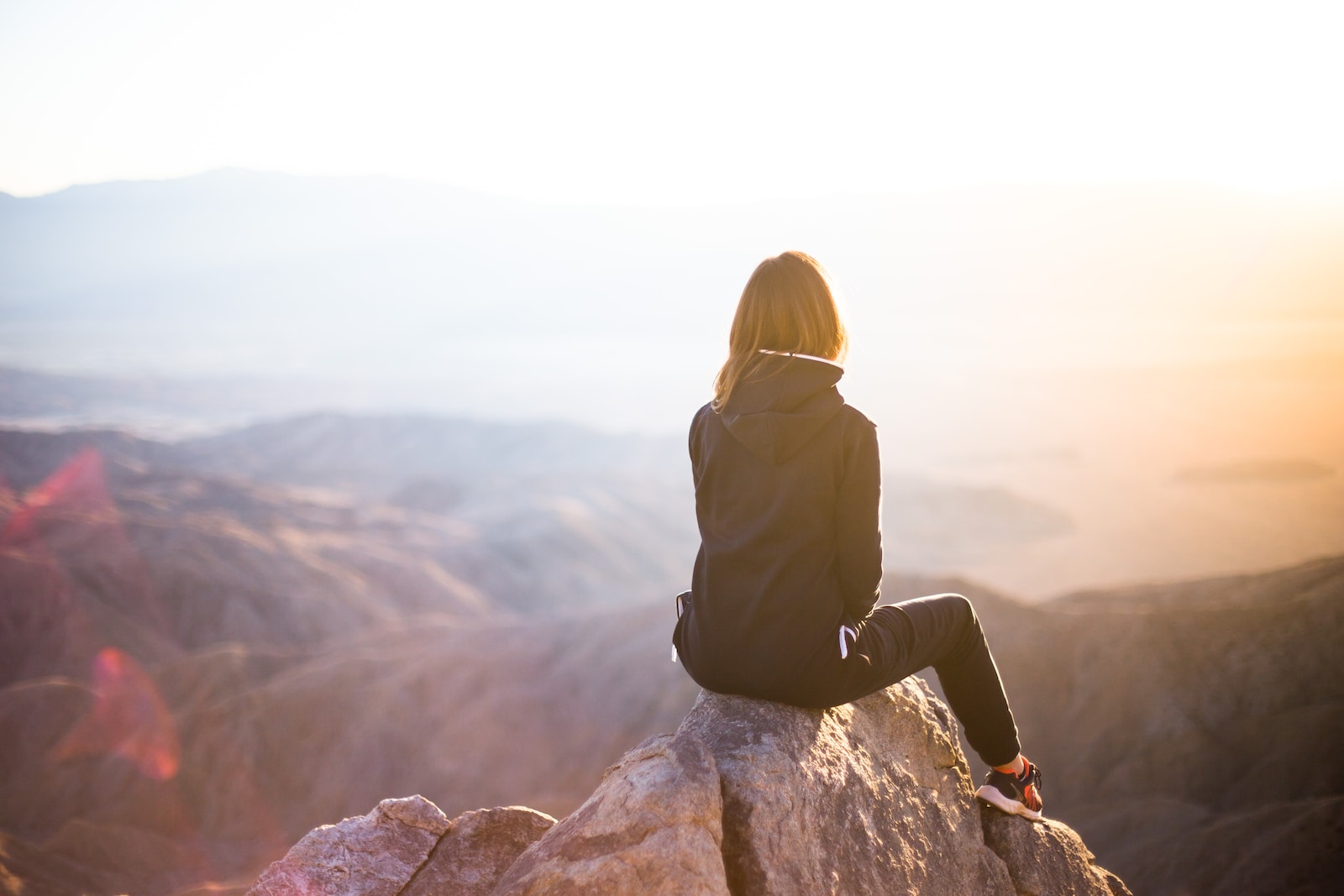Welcome to The Nomad’s Lens, your ultimate source for expert travel photography tips. If you have a passion for exploring new destinations and capturing stunning moments through the lens of your camera, you’re in the right place. Join us on a journey to learn how to document your travels in the most beautiful and captivating way possible. From camera techniques to composition tips, we’ll provide you with valuable insights to take your travel photography skills to the next level. Let’s begin this visual adventure together!
Table of Contents
- Capturing the Essence of a Destination
- Choosing the Right Camera
- The Best Time of Year to Capture Stunning Travel Photos
- Frequently Asked Questions
- 1. How can I improve my travel photography skills?
- 2. What camera equipment should I bring on my travels?
- 3. How can I capture the essence of a place through photography?
- 4. What are some essential travel photography tips for beginners?
- 5. How can I edit my travel photos to make them more vibrant?
- 6. Where can I find inspiration for my travel photography?
- 7. How can I protect my camera while traveling?
- 8. Can you recommend any photography courses or workshops for travel photography?
- Wrap Up
Capturing the Essence of a Destination
Travel photography allows us to freeze moments in time and preserve the memories of our adventures. Whether you’re gazing at a breathtaking landscape or immersing yourself in a vibrant cityscape, capturing the essence of a destination is essential to creating impactful photographs.
One technique to try is incorporating leading lines into your composition. By using roads, rivers, or even architectural elements, you can guide the viewer’s eye towards the focal point, creating a sense of depth and intrigue.
Additionally, don’t forget to experiment with different angles and perspectives. Get down low to capture unique ground-level shots, or climb up high to obtain a bird’s-eye view of the surroundings. These unconventional perspectives can bring a fresh and exciting dimension to your photos.
Showcasing Local Culture and People
One of the most fascinating aspects of travel photography is the opportunity to capture the rich diversity of cultures and the people who inhabit them. These interactions can result in powerful and captivating photographs.
To truly showcase the local culture and people, it’s crucial to establish a connection. Engage with the locals, learn a few phrases in their language, and respectfully ask for permission before taking their photograph. This genuine approach will not only result in more authentic images but also create lasting memories.
Experiment with different focal lengths to add variety to your portraits. Use a wide-angle lens to capture the environment surrounding your subject, showcasing their surroundings and offering a sense of place. Alternatively, a telephoto lens can help you bring your subject closer, emphasizing their facial expressions and emotions.
Remember, successful travel photography is about telling a story through your images. It’s about evoking emotion, transporting the viewer to another place, and capturing the essence of your experiences. So keep exploring, be inquisitive, and let your lens become the window to the world.
Did you know that travel photography has been around since the invention of the camera? Early photographers documented their journeys through daguerreotypes and albumen prints, capturing the essence of their adventures in stunning black and white.
Choosing the Right Camera
When it comes to travel photography, the choice of camera plays a crucial role in capturing the essence and beauty of your destinations. While it’s true that great photography can be achieved using any camera, having a camera with certain features can make a significant difference.
One option is a mirrorless camera, which offers a compact size without compromising on image quality. Mirrorless cameras also have interchangeable lenses, allowing you to adapt to different shooting situations. Another option is a DSLR camera, known for their superior image quality and robust build. These cameras provide a wide range of lenses to choose from, giving you creative flexibility.
Essential Lenses for Travel Photography
To capture stunning travel photographs, investing in high-quality lenses is vital. Here are three must-have lenses for any travel photographer:
1. Wide-angle lens: This lens is perfect for capturing vast landscapes and architecture. It allows you to fit more into the frame, emphasizing the grandeur of the scenery. With a wide-angle lens, you can capture breathtaking shots of sweeping vistas and iconic landmarks.
2. Standard zoom lens: A versatile lens, this is ideal for capturing a variety of scenes, from street photography to portraits. With its adjustable focal length, you can easily frame your subjects while maintaining sharpness and clarity. This lens is a reliable all-rounder for capturing the essence of your travel experiences.
3. Telephoto lens: With a longer focal length, a telephoto lens allows you to zoom in on distant subjects, such as wildlife or details of architectural masterpieces. This lens brings subjects closer to you, enabling you to capture intimate moments and intricate details that may otherwise be missed.
Remember, the best camera and lenses are the ones that suit your specific needs as a travel photographer. Consider factors like weight, versatility, and budget when making your choices.
By investing in the right camera and lenses, you’ll be equipped to document your travels through breathtaking photographs that capture the true essence of each destination. So, don’t hesitate to explore different options and find the perfect combination of camera and lenses that will allow you to create stunning images throughout your journey.
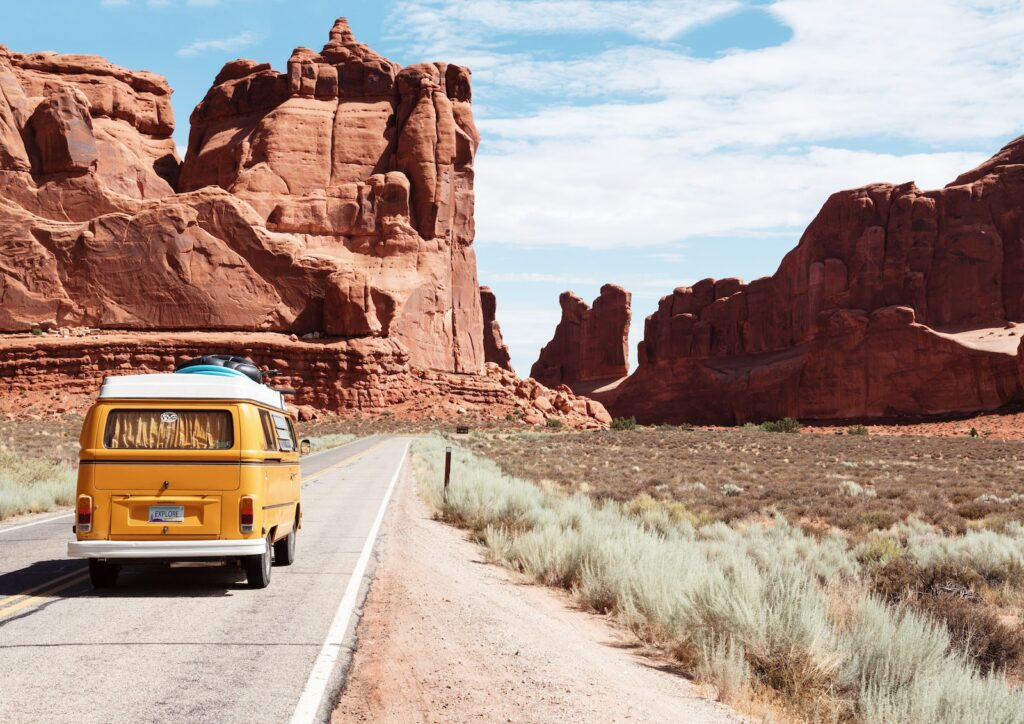
The Best Time of Year to Capture Stunning Travel Photos
When it comes to travel photography, timing is everything. Different seasons and weather conditions can dramatically affect the mood and aesthetics of your images. Understanding the best time of year to visit your chosen destination is essential for getting those perfect shots.
For instance, if you’re planning to photograph the vibrant autumn foliage in Tokyo, aim to visit during the months of October and November. The gorgeous hues of red, orange, and yellow make for breathtaking landscapes that will enhance your travel album.
On the other hand, if you’re aiming to capture the cleansing beauty of untouched snow, head to cities like Quebec or Reykjavik during winter. The pristine white landscapes and the enchanting glow of the morning sun will add a touch of magic to your images.
Finding the Ideal Vantage Points and Positions
To truly capture the essence of a place, it’s crucial to find the perfect vantage points and positions. Here are some strategies to help you achieve optimal results:
1. Research and Scout: Before your trip, spend some time researching popular landmarks or attractions at your destination. Look for unique angles or lesser-known viewpoints that will provide a fresh perspective on well-photographed sites. For example, instead of taking a straight-on shot of the Eiffel Tower in Paris, consider exploring Trocadero Square for an elevated view. This vantage point allows you to capture the iconic tower in the foreground, along with the stunning Parisian skyline.
2. Embrace Different Altitudes: Experimenting with various elevations can yield captivating results. Seek out high rooftops, hilltops, or even take to the skies with a drone to capture aerial views of your surroundings. Imagine photographing the historic city of Prague from the dizzying heights of the Petrin Tower. The panoramic views and the unique blend of architecture will showcase the city in an entirely new light.
3. Incorporate Local Elements: To add authenticity and a sense of place to your photographs, consider including local elements in your compositions. This could be anything from capturing a local vendor at a bustling market to including traditional artifacts or cultural symbols. When photographing in Marrakech, for instance, visit the iconic Jemaa el-Fnaa square to document the lively spice market or engage with locals in traditional dress. These additions will infuse your images with the colorful essence of Moroccan culture.
4. Experiment with Different Times of Day: Lighting conditions can make or break a photograph, so don’t limit yourself to shooting only during the golden hour. Experiment with shooting at sunrise, midday, and sunset to capture the diverse range of lighting effects. Suppose you’re photographing the stunning temples of Angkor Wat in Cambodia. By shooting during sunrise, you can capture the soft, warm light that gently illuminates the grand structures, creating a truly ethereal atmosphere.
Remember, as a travel photographer, it’s not just about capturing postcard-like shots; it’s about telling a unique story through the lens of your camera. By leveraging the best time of year, exploring different vantage points, and experimenting with positioning, you’ll elevate your travel photographs to new heights.
One helpful tip for travel photography is to pack both a wide-angle and a telephoto lens. The wide-angle lens is great for capturing landscapes and architecture, while the telephoto lens can be used to zoom in on distant subjects. Having both lenses in your camera bag will ensure that you can capture a variety of shots during your travels.
Frequently Asked Questions
1. How can I improve my travel photography skills?
Improving your travel photography skills takes practice and experimentation. Start by familiarizing yourself with your camera’s settings and learning basic photography techniques such as composition, lighting, and exposure. Take the time to research and plan your shots in advance, and don’t be afraid to try new angles and perspectives. The more you practice, the better you will become.
2. What camera equipment should I bring on my travels?
The camera equipment you should bring depends on your personal preferences and needs. However, it’s important to have a versatile camera that allows manual control over settings and interchangeable lenses. A lightweight and compact camera is ideal for travel. Consider bringing a wide-angle lens for landscapes, a telephoto lens for capturing distant subjects, and a prime lens for low-light situations. Don’t forget extra batteries, memory cards, and a sturdy tripod.
3. How can I capture the essence of a place through photography?
To capture the essence of a place through photography, it’s crucial to immerse yourself in the local culture and engage with the surroundings. Observe the people, architecture, landscapes, and unique details that define the place. Experiment with different angles and perspectives to tell a story with your photos. Pay attention to natural light and use it to enhance the mood. Don’t be afraid to step off the beaten path and explore lesser-known areas for a fresh perspective.
4. What are some essential travel photography tips for beginners?
For beginners, some essential travel photography tips include:
- Research your travel destination beforehand to identify popular and unique photo opportunities.
- Shoot during the golden hour (early morning or late afternoon) for the best lighting conditions.
- Experiment with different camera settings and shooting modes to understand their effects.
- Practice composing your shots using the rule of thirds and leading lines.
- Don’t forget to photograph the small details that often go unnoticed.
- Backup your photos regularly to prevent loss.
Remember, the most important tip is to enjoy the process and have fun!
5. How can I edit my travel photos to make them more vibrant?
To make your travel photos more vibrant, you can use post-processing software like Adobe Lightroom or Snapseed. Start by adjusting the exposure, contrast, and saturation to enhance the colors. Use the vibrance and clarity sliders to make specific elements pop. Experiment with different filters and presets to create a unique look. Remember to maintain a balance and avoid over-editing, as it can make the photo look unnatural.
6. Where can I find inspiration for my travel photography?
Inspiration can come from various sources. Follow professional travel photographers on social media platforms like Instagram and study their work. Join photography communities and participate in forums to connect with fellow photographers and share ideas. Visit art galleries, museums, and photography exhibitions to gain inspiration from different styles and perspectives. Lastly, explore new places and embrace new experiences as they often spark creativity and fresh ideas.
7. How can I protect my camera while traveling?
To protect your camera while traveling, invest in a good-quality camera bag or backpack that provides adequate padding and compartments for your equipment. Use lens filters and a lens hood to protect the front element of your lens. Consider purchasing a camera strap that provides extra security against accidental drops. Always carry a lens cleaning kit to remove dust and fingerprints. Lastly, secure your camera when not in use and be mindful of your surroundings to prevent theft.
8. Can you recommend any photography courses or workshops for travel photography?
There are several renowned photography courses and workshops available for aspiring travel photographers. Some popular ones include:
- Travel Photography Masterclass by National Geographic
- Steve McCurry Teaches Photography
- Lonely Planet’s Guide to Travel Photography
- Joel Meyerowitz: A Masterclass in Street Photography
These courses offer valuable insights, techniques, and tips from experienced photographers that can enhance your travel photography skills.
Wrap Up
Now that you have mastered the art of travel photography, it’s time to embark on your next adventure armed with your camera and newfound skills. Remember to capture the essence and beauty of each destination you visit, and don’t be afraid to experiment with different techniques and angles.
Do you have any other travel photography tips to share or questions about capturing stunning images on the go? Leave a comment below and let’s start a conversation! Happy travels and happy clicking!
